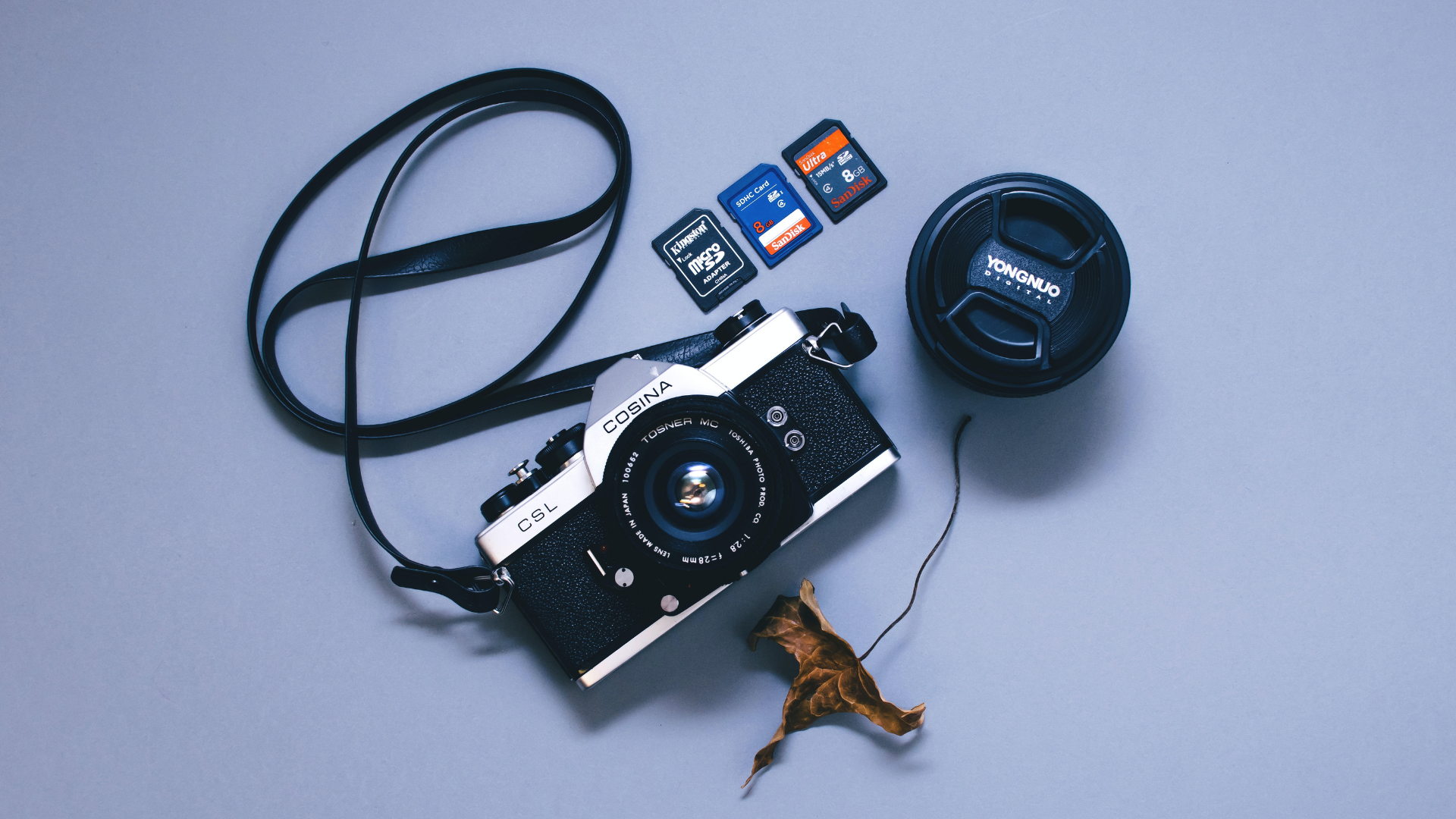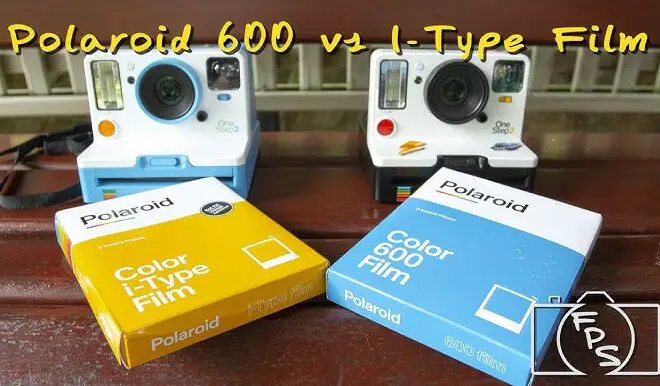
Sony A6100 vs A6400: Find Out Which Camera is Right for You
As an Amazon Associate, I earn from qualifying purchases.
If you are looking to purchase your first interchangeable lens camera, the Sony Alpha series is a great place to start. The Sony A6100 and A6400 are two popular options in this line, both offering great features at affordable prices.
While they share many similarities, there are also key differences between these two cameras that can make one a better fit for your specific needs. As both of them came out in 2019 so there are not many differences in terms of features. But the A6400 has the upper ground in some places.
This article will provide a detailed comparison between the Sony A6100 vs A6400, covering their features, performance, and overall value, to help you choose the best camera for your photography journey.
Sony A6100 vs. A6400: Quick Comparison Table
Here are some quick comparisons between the two cameras:
| Features | Sony A6100 | Sony A6400 |
| Viewfinder | 1440k dot electronic viewfinder | 2359k dot electronic viewfinder |
| Body Material | Plastic | Magnesium |
| ISO | Max 51200 | Max 102400 |
| Dimensions | 396g. 120 x 67 x 49 mm | 403g. 120 x 67 x 50 mm |
| Environmental Sealing | No | Yes |
| Battery Life | 420 shots | 410 shots |
| Price | Approx. $707.00 | Approx. $998.00 |
What Are the Differences Between Sony A6100 vs A6400?
The Sony A6100 and A6400 are two mirrorless cameras that share many similarities, as they both are A6000 series cameras. The release time is very short that’s why Sony couldn’t put a lot of things that can make the winner over the other.
Here’s a closer look at the key differences between these two cameras:
Continuous Shooting Mode:
The A6400 has a faster burst shooting speed than the A6100, with up to 11 frames per second (fps) in mechanical shutter mode and up to 8 fps in silent shutter mode, compared to the A6100’s maximum of 11 fps in mechanical shutter mode and 6 fps in silent shutter mode. This makes the A6400 better suited for capturing fast-moving action.
The Viewfinder:
The A6400 has a higher resolution electronic viewfinder (EVF) than the A6100, with 2.36 million dots compared to the A6100’s 1.44 million dots. This means that the A6400’s EVF provides a clearer and more detailed view of the scene.
Weather Sealing:
The A6400 has weather-sealing to protect against dust and moisture, whereas the A6100 does not have this feature. This makes the A6400 more durable and better suited for shooting in challenging weather conditions.
The A6100 has a more compact and lightweight body compared to the A6400, making it more portable and easier to carry around.
However, the A6400 has a more extensive control layout with additional customizable buttons and a top-mounted LCD screen, making it easier to access and adjust settings quickly.
Both cameras offer 4K video recording, but the A6400 has some additional features that are not available on the A6100. For example, the A6400 has a microphone input for better audio recording, and it also supports S-Log2 and S-Log3 for greater dynamic range in video footage.
Body and Design:

Sony A6400

Sony A6400
When it comes to body and design, both the Sony A6100 and A6400 have a lot in common. They both feature a lightweight, compact design that is well-suited for travel and everyday shooting.
They both have a 3.0-inch touchscreen LCD that can be tilted up 180 degrees for selfies or vlogging, as well as a built-in electronic viewfinder (EVF) that can be tilted up 90 degrees for shooting at high or low angles.
The Sony A6100 has a similar design to its predecessor, the A6000, with a slim profile and comfortable grip. The camera measures 120 x 67 x 59 mm and weighs 396g with the battery and memory card included.
The A6100 has a plastic body with a textured finish that provides a secure grip and feels comfortable in the hand.
The Sony A6400 has a slightly more premium feel than the A6100, with a magnesium alloy body that feels sturdy and well-built. The camera measures 120 x 67 x 60 mm and weighs 403g with the battery and memory card included.
However, the A6400 also features a touchscreen interface that allows you to quickly adjust settings or move the focus point by simply tapping the screen.
Overall, both the Sony A6100 and A6400 have a lot to offer when it comes to body and design.
The A6100 has a slim, lightweight body that is well-suited for travel and everyday shooting, while the A6400 has a more premium feel thanks to its magnesium alloy body. But the A6400 is the winner in this debate as it has a rigid aluminum body.
Image Quality:
One area where the A6400 shines is in its dynamic range. Dynamic range is the ability of a camera to capture a wide range of tones, from bright highlights to deep shadows.
The A6400 has a dynamic range of 14 stops, while the A6100 has a dynamic range of 13 stops. This means that the A6400 is capable of capturing more detail in both bright and dark areas of the image, resulting in more natural-looking photos.
Another area where the A6400 outperforms the A6100 is in its ISO performance. The A6400 has a higher maximum ISO of 102,400, while the A6100’s maximum ISO is 51,200.
This means that the A6400 can capture better images in low-light conditions, with less noise and better detail.
However, it’s worth noting that the higher ISO settings can result in more grainy images, so it’s important to find the right balance between ISO and other settings to produce the best results.
In terms of image stabilization, both the Sony A6100 and A6400 are very similar. They both feature 5-axis in-body image stabilization (IBIS), which is a great feature to have.
Overall, the image stabilization system in both of these cameras is excellent, and it’s one of the strengths of these cameras.
However, if you plan on using the camera in low-light situations or with slower shutter speeds, the A6400 may be a better choice due to its slightly better image stabilization capabilities.
Video Capabilities:
The Sony A6400 is known for its excellent video quality. It can record 4K videos at 30 frames per second and 1080p videos at 120 frames per second.
The A6100, on the other hand, can only record 4K videos at 24 frames per second and 1080p videos at 60 frames per second. This means that the A6400 can record slow-motion videos at a higher frame rate than the A6100.
Both of the cameras come with a 5-axis in-body image stabilization system that compensates for camera shake effectively resulting in smoother and more stable videos.
Only the a6400 is capable of shooting in the flat S-log and HLG (Hybrid Log Gamma) profiles, which are commonly used by professionals in the film industry who expect toning and color grading the video in post-production.
The A6400 comes with a microphone jack, which allows you to connect an external microphone for better audio quality. The A6100 does not have a microphone jack, which means that you have to rely on the camera’s built-in microphone, which may not provide the best audio quality.
Sony A6100 or A6400: Which One to Choose?
Choosing between the Sony A6100 and A6400 can be a difficult decision, as both cameras offer a lot of great features for photographers. The differences are not groundbreaking and you can consider one over the other.
The Sony A6400 is the more advanced camera of the two, with a faster burst rate, more autofocus points, and a higher resolution EVF. It also has a headphone jack for audio monitoring during video recording, as well as a weather-sealed body for added durability.
On the other hand, the Sony A6100 is a more affordable option with some notable features of its own. It has a longer battery life, a more compact and lightweight design, and a built-in pop-up flash for added convenience.
Both cameras offer excellent image quality, with 24-megapixel APS-C sensors, advanced autofocus systems, and 4K video recording.
Out of all the things you only need the image and video quality and both of them give pretty similar results.
Ultimately, the decision between the Sony A6100 and A6400 will depend on your specific needs and budget. If you are looking for a camera to shoot videos the A6400 will be good for you.
Otherwise, to shoot photos and casual use the A6100 is recommended as it is a bit cheaper.
- Read Also: Sony Alpha 7C vs. Sony Alpha 7 III: Camera Clash Unveiled
- Read Also: Sony A7c vs A7iv Camera: A Comprehensive Comparison
- Read Also: Sony A5100 vs A6000: Which Camera Reigns Supreme?
- Read Also: Fujifilm X100v vs X100f: Comparing Two Top-Rated Cameras
- Read Also: Nikon D500 vs. D7500: Which Camera Should You Go For?



